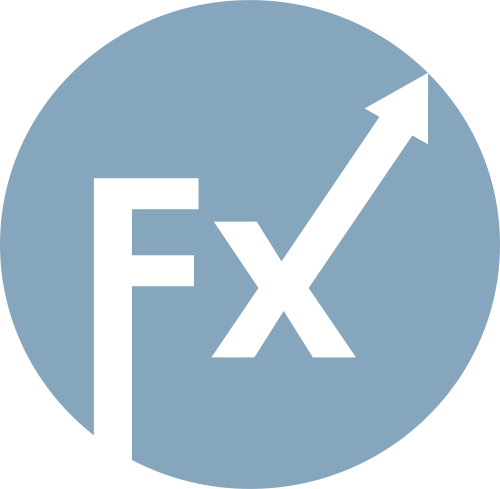


US President Donald Trump is preparing to announce the introduction of large-scale trade restrictions, which may become the most significant in the last century. The announcement is expected to take place on Wednesday at an event at the White House, but details about mutual tariffs have not yet been disclosed. According to economists, global trade of about $33 trillion will be at risk, and exports to the United States for some countries may decrease by 4-90%. The global trade policy uncertainty index has reached a record high since 2009. Goldman Sachs analysts predict an increase in the average tariff in the United States by 15 percentage points this year, which could lead to higher inflation, slower economic growth and an increased risk of recession. Bloomberg Economics economists warn that maximum measures could increase average tariff rates in the United States by 28 percentage points, which would reduce U.S. GDP by 4% and raise prices by almost 2.5% over 2-3 years. Shang-Jin Wei, a professor at Columbia Business School, compares the current situation with the stagflationary crisis of the 1970s caused by the oil shock, and warns of the risk of «a repeat of negative experiences due to unnecessary and avoidable political choices.» In general, it is expected that the potential targets of the US tariff policy may be the European Union, Mexico, Canada, Japan, South Korea, Vietnam and India, while imports from China are already subject to an additional 20% levy.

SZYBKIE LINKI